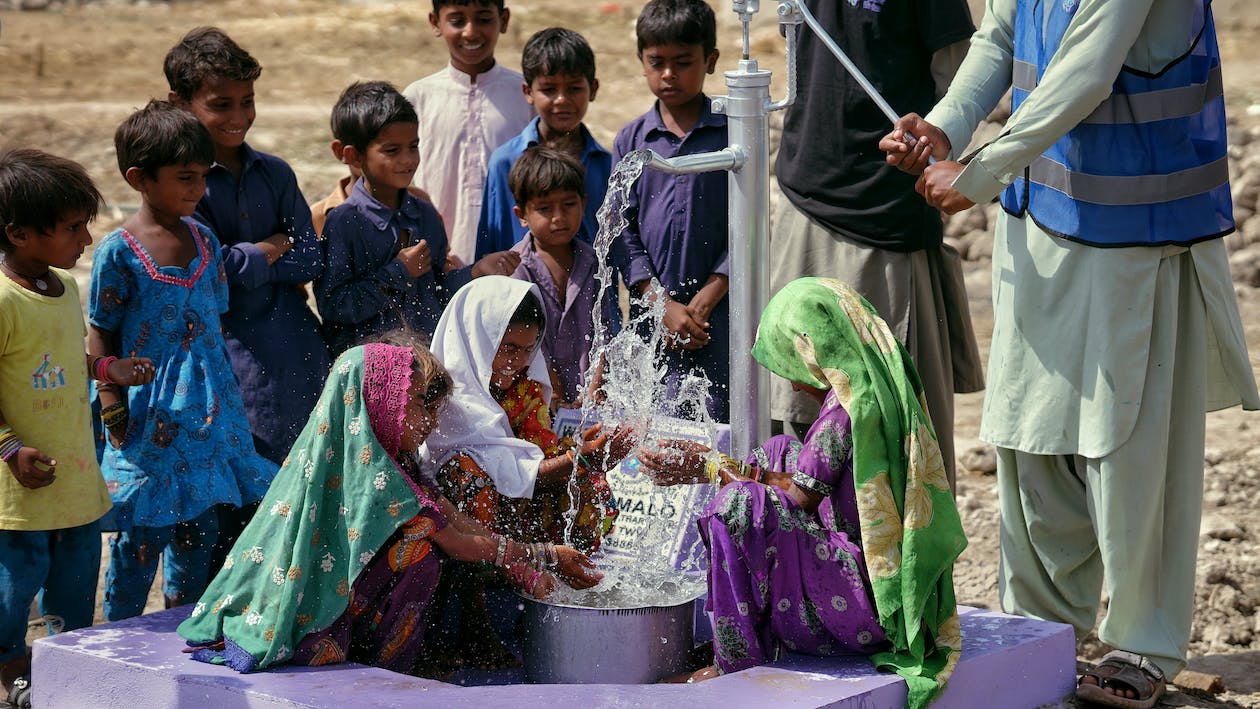One might be mistaken that with the havocs of climate change resulting in the rise of sea levels the acute problem of water shortage might end. Rather, it would aggravate the problem and take it towards many difficult levels.
This is because the rise in the water levels would happen in the oceans or the seas all over the world and seawater is non-usable for human needs. Adding to the issue of climate change is the aspect of water pollution thus adding more to the worry.
Water as Utility
We are all aware of the term utility. It simply means those services that are essential to run any kind of establishment, commercial or residential. The main components of utility services include energy or electricity, gas, water supply. In this modern era communication and the internet are also considered as one of the major contributors to the utility market. Of all these water has been part of utilities since ancient times.
As human civilizations evolved from simple settlements to prosperous cities, so did the need of having a proper water supply and the subsequent sewage treatment. The interesting thing about water as a utility is that it does not end with the supply to the relevant destination. The used and soiled water also needs to be taken away from the establishment via a network of sewage pipes. You can also consider Solar Water as well.
Facing the issue of water shortage
Potable and clean water shortage is a serious problem that many countries (especially the developing ones) of the world face on a daily basis. The internet is flooded with blogs like the Utility Bidder that discusses the issue in detail and often gives out pointers to tackle the situation as well. The foundation in combating this issue is increasing the awareness amongst the population about the impending doom and ways to delay it.
The other important factor to help towards solving this problem is inclusive sustainability in not only building design but also its management. The prime example of sustainability in building design is the design of rainwater harvesting. Rainwater harvesting is a simple yet brilliant idea that has been helping many establishments to be self-sufficient in terms of water supply rather than depending on the local water supply.
When it comes to implementing water sustainability in building management, on-ground sewage treatment is a great example. Many large offices have pristine landscape designs that need a lot of water to maintain. Treating soiled water to remove immediate solid impurities and re-using it to water the landscaped plants and grass lawns is a great way to implement water sustainability.
Other ways include smart faucets in the lavatory areas that would function on motion sensitivity thus minimizing water wastage. Cisterns can also be designed in such a way so that flush uses less water yet cleaning the WC area effectively. The most common yet often overlooked aspect is treating water leakages in time so that the wastage can be stopped as soon as possible.
